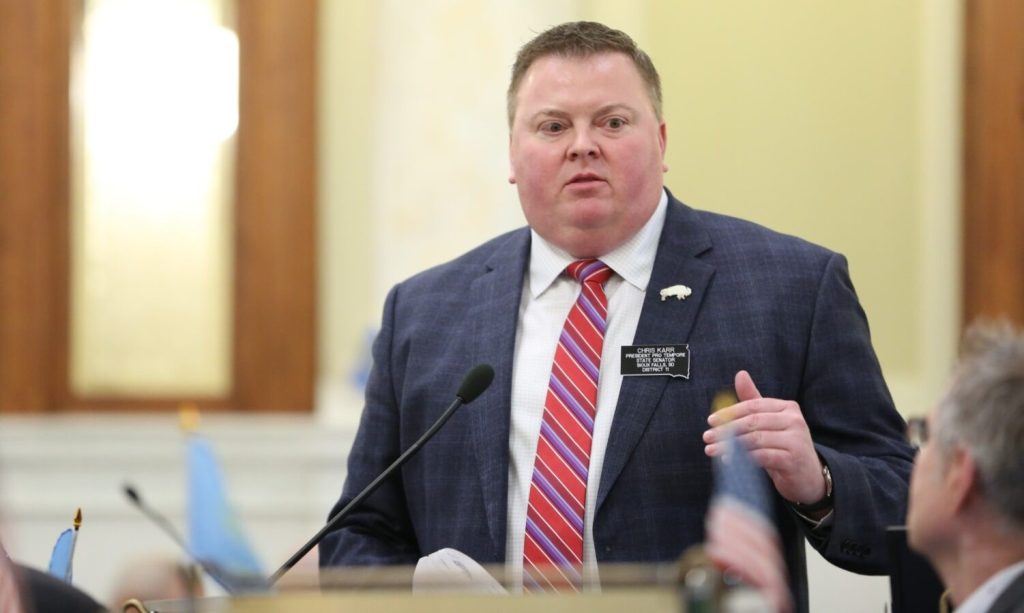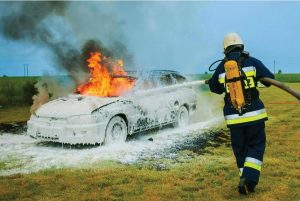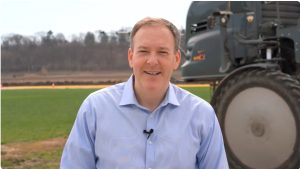
As much as 80% of South Dakota waterways are polluted. One legislator is suggesting it’s time to get serious about what role agriculture plays in that.
PIERRE, S.D. – One of South Dakota’s top lawmakers said Wednesday that it may be time to move beyond financial incentives and consider new regulations on agriculture to address the state’s polluted rivers and lakes.
“I think it takes more than the carrot to address this,” said state Senate President Pro Tempore Chris Karr, R-Sioux Falls.
Karr said he doubts the problem will be appropriately addressed “until we get serious about some different types of regulations.”
“And that’s pretty scary for folks, especially for those that are in the community that starts with the letter ‘A’ and ends with ‘G,’” Karr said. “We can sit here and talk about it, and dance around it all day. I think you can have some incentives, but we’re going to have to look at some restrictions as well, and regulate.”
He made the comments during a meeting of the Legislature’s Executive Board at the Capitol in Pierre.
The board had requested a report from the Legislative Research Council on surface water quality in South Dakota. Council analyst Lance Nixon presented the memo to the board. It says that over three-quarters of monitored river and stream miles in the state fail to fully support at least one of their intended uses — such as swimming, fishing or boating — with similar problems in many lakes.
House Majority Leader Scott Odenbach, R-Spearfish, pointed to long-running concerns such as high bacteria levels in surface water and the draining of wetlands. He said the state’s approach feels a century out of date, and he urged his colleagues to consider a more in-depth, future study on water quality.
Nixon’s memo highlights pollutants including sediment from highly erodible soils, fertilizers and chemicals from farm fields, mercury that falls from coal power plant emissions, and bacteria from livestock waste. It also flags emerging concerns about Per- and polyfluoroalkyl substances (PFAS, aka “forever chemicals”), the potential loss of federal environmental funding, and a U.S. Supreme Court ruling that makes it easier to drain wetlands.
Sen. Liz Larson, D-Sioux Falls, said the report proves what she has observed for years on the Big Sioux River. She cited E. coli levels above safe thresholds in the river, noting that much of the problem stems from livestock waste entering the river upstream.
“It’s been a problem for a long time, and I’ve not seen anybody interested in doing anything about it,” Larson said.
Karr referenced a bill he successfully sponsored in 2021. It allocated $3 million to help landowners contain livestock waste and plant buffer strips along streams that filter polluted runoff and reduce erosion. A recent final report on that program said it resulted in 67 buffer projects spanning 83 linear miles under 10-year contracts. The buffers prevent an estimated 1,500 pounds of phosphorus, 6,500 pounds of nitrogen and 1,000 tons of sediment from entering the Big Sioux River watershed each year.
Jay Gilbertson is the manager of the East Dakota Water Development District. In an interview with South Dakota Searchlight, he acknowledged the buffer program’s success but said he worries about what will happen when the contracts expire.
“I don’t know that we can sustainably keep giving out bigger carrots to the landowners who have participated,” Gilbertson said.
During the public comment section of Wednesday’s meeting, several people urged legislators to take Black Hills water issues seriously, warning that things like degraded streams and low summer flows are undermining water quality and trout fisheries. Hans Stephenson, who owns Dakota Angler and Outfitter in Rapid City, said he hopes lawmakers treat watersheds as “critical infrastructure” worth restoring.






